Nest Audio review: Google home run
In the world of Assistant vs. Alexa, the Nest Audio makes Google's case nicely.
It's important not to overthink what the Nest Audio is, or what it's trying to be. Google isn't; it was pretty clear about that fact during the product's introduction. It's a successor to the popular 2016 Google Home, the company's original air freshener-shaped cylindrical Google Assistant-powered speaker, which was released during a very different time in the company's hardware roadmap.
It wasn't until the following year, in 2017, that the colorful, rounded-corner, fabric-covered aesthetic we know and love today was revealed in the forms of the Google Home Mini and Home Max, petite and portly versions of that original speaker designed to make the Google Assistant accessible to more home sizes, budgets, and audio enthusiasts.
In the last couple of years, there has been no shortage of Google Assistant speakers released to the market, but most of them share one thing in common: they have displays. Google's fallen in love with smart displays, all of which play music, sure, but none that exemplify the austere audio-focused mandate of the original Google Home. (Yes, 2019 saw an audio-enhancing refresh of the Google Home Mini in the form of the Nest Mini, but even its improved speaker is no match for the dynamic range of most songs released today.)
So here we are, days removed from an Amazon event that saw another reinvention of the Echo speaker, and Google has its own 2020 take on the $100 smart speaker. While it's not going to alter the conversation around affordable smart speakers, it's a solid addition to the market, and reinforces Google as a hardware maker that understands the marriage of speaker design, audio quality, and its powerful platform.
At a glance
Nest Audio
Bottom line: Google gives its original Home speaker a huge visual and audio upgrade for 2020, but the best part is the faster Google Assistant processing and support for stereo pairing.
Pros
- Excellent sound quality for the price
- Attractive, understated design
- Excellent microphone quality
- Google Assistant is very useful
- Intuitive touch controls, dedicated mute switch
Cons
- Still some software glitches
$100 at Best Buy $100 at Walmart $100 at B&H
Nest Audio review The hardware
| Category | Google Nest Audio |
|---|---|
| Dimensions | 4.89" x 3.07" x 6.89", 2.65 lb |
| Colors | Chalk, Charcoal, Sage, Sand, Sky |
| Processor | Quad Core A53 1.8 GHz with TeraOPS ML hardware engine |
| Speakers | 75mm (2.95") woofer, 19mm (0.75") tweeter |
| Wi-Fi | 802.11b/g/n/ac (2.4 GHz / 5 GHz) Bluetooth 5.0 |
Whereas the original Google Home felt like an experiment in design that happened to pay off — its top-mounted capacitive ring is still one of my favorite ways to change volume — the Nest Audio sits clearly in Google's family of fabric-covered speakers and smart displays.
In its most basic sense, it's a much smaller vertically-mounted Google Home Max, around 20% taller and 25% wider than the third-generation cylindrical Amazon Echo, and at a surprising 2.6 pounds, around 50% heavier. It also dwarfs the OG Google Home, and is even slightly taller than, though not quite as deep as, the Sonos One.
Google clearly put a lot of effort into keeping the Nest Audio compact. Its heft comes from a surfeit of metal — aluminum in the front and magnesium in the back — meant for heat dissipation and rigidity that should prevent distortion at high volumes. Other than the weight, though, you'd never know there was a metal frame inside; the whole speaker is covered in a soft woven fabric, the majority of which Google says is derived from recycled water bottles.
The Nest Audio looks, unsurprisingly, like a smaller Google Home Max
Available in five colors, I got to try the least colorful two — Chalk (white) and Charcoal (black) — but I don't think it really matters much; this is a speaker that will be cast off to the side of a room to be called upon to play music or a podcast when the mood strikes. That said, the Sage green, Sky blue, and Sand options are sure to be popular for people who do want to make the speaker a bit more prominent.
Back in July, Google teased the Nest Audio with a couple of photos and a video, in which it looked like the speaker could be used portably. Unfortunately, that was just a mirage, since the Nest Audio, like all Google speakers, is meant to be used plugged in — though it does support Bluetooth if you want to connect it directly to a phone.
Google told me that it wanted to ensure the highest-quality Google Assistant performance in every environment, making it important that, when connected to Wi-Fi, the speaker had a consistent source of power. While surely disappointing to some who were perhaps looking for a miniature version of the Sonos Move, adding a battery large enough to power the Nest Audio for ample time, even just connected to Bluetooth, would have upended the compact form factor Google achieved here.
I bring this up early in the review because, other than improvements to design and sound quality, the Nest Audio is practically no different from the original Google Home. Like the Nest Home Mini, there's a dedicated microphone mute switch on board, along with four LEDs that light up when playing and pausing music or changing volume. Top of the speaker also houses the capacitive touch zones: left for volume down, middle for play/pause, and right for volume up. These regions are large enough that precise placement isn't necessary, and the whole interaction model feels like Google has spent the last three years atoning for the Google Home Mini's defective touch controls.
The Nest Audio's design purposefully doesn't draw attention to itself. You may not even be able to tell it's on unless you're interacting with it.
I like the Nest Audio's design despite its near-monolithic austerity. Unlike the Amazon Echo or even the Sonos One, there are no physical buttons, or hints at button placements, unless you know where to tap. The speaker's LEDs stay unlit while audio is playing, and only maintain their presence when the rear mute switch has been activated (which, again, isn't visible unless you're looking for it). Google has learned that people would rather hear than see a speaker — which is exactly the way it should be.

What the Nest Audio is very good at, like its predecessor, is hearing its key phrases even while muttered quietly or when the music is blaring. The three far-field microphones do a fantastic job picking up even the faintest hint of a "Hey Google," quieting the current song to get a better earline to a follow-up phrase. This has always been a huge advantage of Google's first-party hardware over competitors like Sonos that integrate the Assistant into its hardware, and that's true here, too.
Nest Audio review The sound
The Nest Audio sounds good, but not amazing. That fact should be obvious, but we're used to big tech companies subverting our expectations by subsidizing their hardware to encourage ecosystem lock-in.
The promising news is that if you're coming from either an OG Google Home or a Google Home Mini or Nest Home Mini, this will be a big upgrade. Unlike the Alexa ecosystem, which has seen huge growth because Amazon seems willing to work with literally any company that can throw together a tweeter and a microphone, there aren't a lot of capable Google Assistant speakers. And as Google spent the last few years working with partners like Lenovo, LG, Sony, and JBL to pair speakers with screens, and even as it built out its own Nest Hub products, audio quality has never seemed like a priority.
The Nest Audio sounds much better than the Google Home, but that wasn't a high bar to reach.
On its own, the Nest Audio speaker is 75% louder, and has 50% stronger bass, than the original Google Home, according to Google. While that's immediately apparent upon first listening, it's the clarity and dynamic range that I appreciate more when comparing the two. The Google Home, praised when it was released for its room-filling fidelity, sounds muddy and boomy in comparison.
The Nest Audio has a fairly flat sound profile, not boring or lifeless, but without adding its own color to what's being played. Google says it employs its own automatic tuning algorithms to the sound profile once the speaker has been placed for a few seconds, reading the ambient noise and reverb in the room to determine how to equalize the sound. While I didn't notice a huge difference in sound signature between the speaker placed in the middle of a large room or the corner of a small one (though the results were obviously more enjoyable in the latter scenario), the Nest Audio does adjust its volume, as well as the room-thumping low-end, depending on the environment.
The speaker does very well playing most genres of music, but it will need to be equalized to increase the bass if you're going to drive really thumpy hip-hop or dance music. Still, the low-end is clean and inviting, vocals come through beautifully, and there's no sharpness or sibilance at the high-end.
I spent a lot of time listening to music on the Nest Audio, cycling between four other smart speakers: the third-gen Amazon Echo ($100, but now discontinued), the Sonos One ($199), the Ikea Symfonisk WiFi bookshelf speaker ($100), and the Google Home ($100, now discontinued).
Of those five connected speakers, the Nest Audio finds itself firmly in the middle of the pack, both in terms of overall audio quality and how it reproduces most genres of music. It's far less muddy and bass-forward than either the Google Home or the Amazon Echo, the latter of which sends audio from its tweeter upwards and its woofer down towards the floor, exaggerating its bass response as it sends music in all directions.
Google says that the Nest Audio isn't just directional, but that it's a waveguide speaker, which means the tweeter is designed to more precisely target exactly the spot the speaker is pointing. This is supposed to result in what hi-fi enthusiasts call a "sweet spot," the point in a room, relative to a speaker's placement, that ostensibly sounds the best. I actually found this to be true, almost to the speaker's detriment; given its small size and directional output, a song's musical soundstage appears narrower than on the Sonos One or Ikea Symfonisk, which have better-quality drivers and a larger enclosure, respectively.
Still, the Nest Audio holds its own, especially when playing music where it's important to hear a clear separation between the vocals and instruments; and at its higher volumes, a single Nest Audio gets the room vibrating, if not modestly thumping.
But this is clearly Google tuning its speaker for an audience that listens to just as many podcasts as top-40 hits, just as many news clips as freestyles. I think it was the right choice, too, because at half the price of a Sonos One, you're getting 90% of the performance.
The Nest Audio really has a chance to shine two units form a stereo pair.
Where the Nest Audio really excels is when paired to a second unit. Google began offering stereo pairing all the way back in 2017 with the Home Max, but at $600 that likely wasn't a very common use case. Now all of Google's first-party speakers support the feature, which physically divides the speakers into dedicated left and right channels, just as sound engineers intended. It's in this configuration the waveguide tweeters shine, building a lovely and capable little wireless speaker system for just under $200.
Nest Audio review The Google Assistant
Being a smart connected speaker, the Nest Audio has access to everything the Google Assistant has learned over the years, from requesting songs or podcasts to setting timers to asking common facts to controlling smart home gadgets and lots more. By now you likely know if you'd benefit from the addition of a smart speaker, and I'm guessing if you're considering the Nest Audio, you've interacted with the Google Assistant in some form or fashion.
Google Assistant is still better than Alexa for getting questions answered, but Amazon is improving its assistant faster than Google.
The good and bad news is that the Assistant works identically on the Nest Audio as it does on every other smart speaker connected to Google's ecosystem; there are no exclusive or unique features here. It's a competent and capable vessel to all facets of Google's ecosystem, though I did encounter a few bugs when asking Spotify to play specific albums — any album that came out in the last couple of weeks didn't appear to exist in Spotify's database, though they could manually be pushed to the speaker using Spotify Connect — but the request worked on the Google Home or Nest Home Mini.
Of course, like Amazon's mainline Echo speakers, the Nest Audio is in a precarious position in its parent company's ecosystem. Google gives away the Nest Home Mini at every opportunity — I've received and given away at least five of them over the past year — because it's a cheap entry-point to the Assistant. On the other side, Google's Nest Hub and Nest Hub Max have screens, all the better to interact with the Assistant, while also offering a handy Google Photos ambient display.
Google told me that the Nest Audio is for people who explicitly want a speaker dedicated to audio, and specifically music, where a smart display isn't appropriate and a Home Mini isn't powerful enough. I use my Home Max in my living room for its power and a Hub Max in the kitchen for its display, but I can think of a few places around the house — my office, my daughter's room — where the Nest Audio's smaller size and lack of a display would come in handy.
Actually using the Assistant on the Nest Audio is a treat. Not only does the speaker share the same on-device processing that debuted in the Nest Home Mini last year, but its more powerful processor means that this is the most responsive Google Assistant has ever been on a speaker. While the Nest Audio doesn't make Assistant more likely to get the answer right — it still trips up more than I'd like — it succeeds and fails faster, and I definitely appreciate that.
Nest Audio review Competition
There aren't a lot of Google Assistant speakers on the market today, so finding apples-to-apples competition for the Nest Audio is pretty difficult. The good news is that there are many great smart speakers in the $100-200 range that give the Nest Audio a good challenge.
Nest Audio vs. Amazon Echo (4th Gen)
The Nest Audio has a few main competitors on the market, but none more so than the upcoming fourth-generation Amazon Echo. Redesigned in a new larger circular body with directional audio, Amazon is promising better, louder sound with less distortion from its new $100 Alexa speaker, and I'm very curious to hear it next to the Nest Audio.
Amazon is also promising massive improvements to Alexa itself this year, which may help it catch up to Google Assistant in some of its natural language processing abilities, but the fourth-gen Echo also bundles a Zigbee radio in it to facilitate smart home operation, something that Google offloads to dedicated hubs or other products.
Based on my audio comparison with the Amazon Echo 3rd Gen, I think it's likely that I'd prefer the sound signature from the Nest Audio, but I'm not going to discount any year-over-year improvements Amazon has made until I hear it for myself.
Nest Audio vs. Sonos One
It's not surprising that the Sonos One sounds better than the Nest Audio, but it definitely doesn't sound twice as good. There's an airiness to music that comes out of the Sonos One that feels more compressed and isolated on the Nest Audio, but they both reproduce vocals and instruments wonderfully. The Sonos One is more precise and has a cleaner, more enjoyable low-end, but not by much — and given its $200 price tag, probably not better enough.
The Nest Audio is, conversely, a much better smart speaker, having three far-field microphones that pick up the hotword better than the Sonos One can or does. In fact, the Sonos One is such a poor smart speaker that I ended up disabling its Google Assistant and Alexa integration entirely.
Nest Audio vs. Ikea Symfonisk WiFi bookshelf speaker
The cheapest way to get into the Sonos ecosystem, the Symfonisk WiFi bookshelf is actually an Ikea product made in collaboration with Sonos. At $100, it puts out surprisingly good sound, with a larger enclosure that leads to a more relaxed and enjoyable sound than that of the Nest Audio. While it lacks the microphones to make it a dedicated smart speaker, it can be paired with a Nest Home Mini for Google Assistant routing purposes.
I'd suggest getting the Nest Audio over the Symfonisk for simplicity sake unless you already have existing Sonos speakers, but it's clear that Google probably could have spent a bit more money on the quality of the audio components without increasing the cost too much — but that would have led to a physically bigger speaker.
Nest Audio review Should you buy it?
I've grown to enjoy the Nest Audio a lot since I received a pair to test last week. It's a capable, attractive, and understated piece of hardware that will likely go on to sell very well given the success of the original Google Home.
You should buy the Nest Audio if...
You want a solid smart speaker with Google Assistant. It may sound obvious, but the Nest Audio is a no-frills speaker that focuses on audio quality. If you plan to listen to a lot of music or podcasts, and don't need the screen that comes with a smart display, this is a great option.
You should not buy the Nest Audio if...
You're looking for a hi-fi audio solution. Google increased the quality of the Nest Audio over the original Google Home, but don't expect miracles from this $99 box. It sounds good, but if you want a connected speaker with a bit more panache, grab a Sonos One.
The Nest Audio is exactly what's shown on the tin. If you're upgrading from an existing Google Home or Home Mini speaker, it's a massive improvement; if you're moving over from an Echo, it's a more precise and less aurally colorful listening experience.
I still like Google Assistant better than Alexa, and that experience is better than ever on the Nest Audio thanks to its faster processor and dedicated on-device machine learning chip.
For $100, there are no better Google Assistant speakers for the price, and for $200 a couple of Nest Audios paired together in stereo mode is one of the cheapest and effortless ways to add great-sounding cloud audio to any room.
Listen to this
Nest Audio
$100 at Best Buy $100 at Walmart $100 at B&H
Big upgrade, small package
Google gives its original Home speaker a huge visual and audio upgrade for 2020, but the best part is the faster Google Assistant processing and support for stereo pairing.
from Android Central - Android Forums, News, Reviews, Help and Android Wallpapers https://ift.tt/3dbQ3uN
via IFTTT
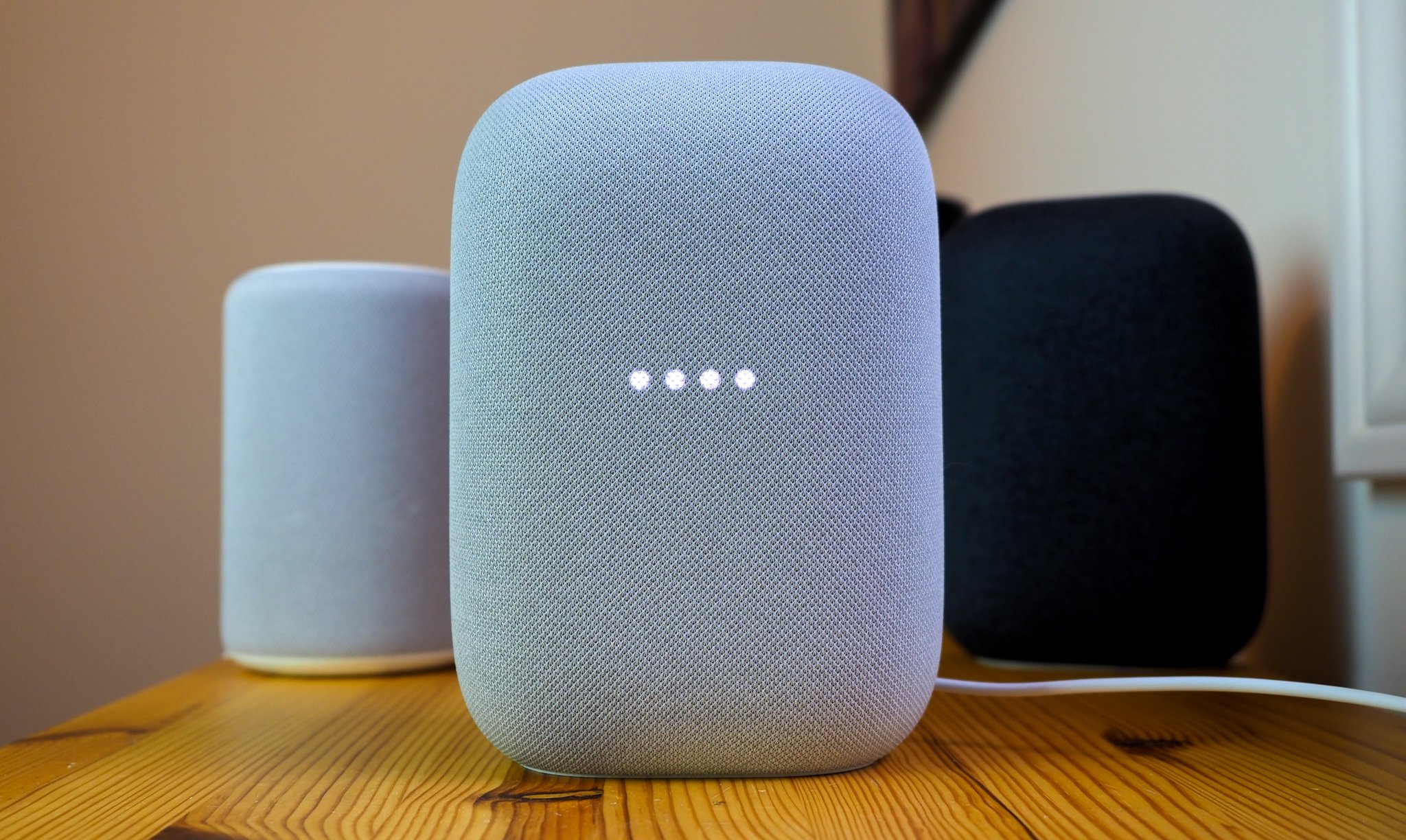

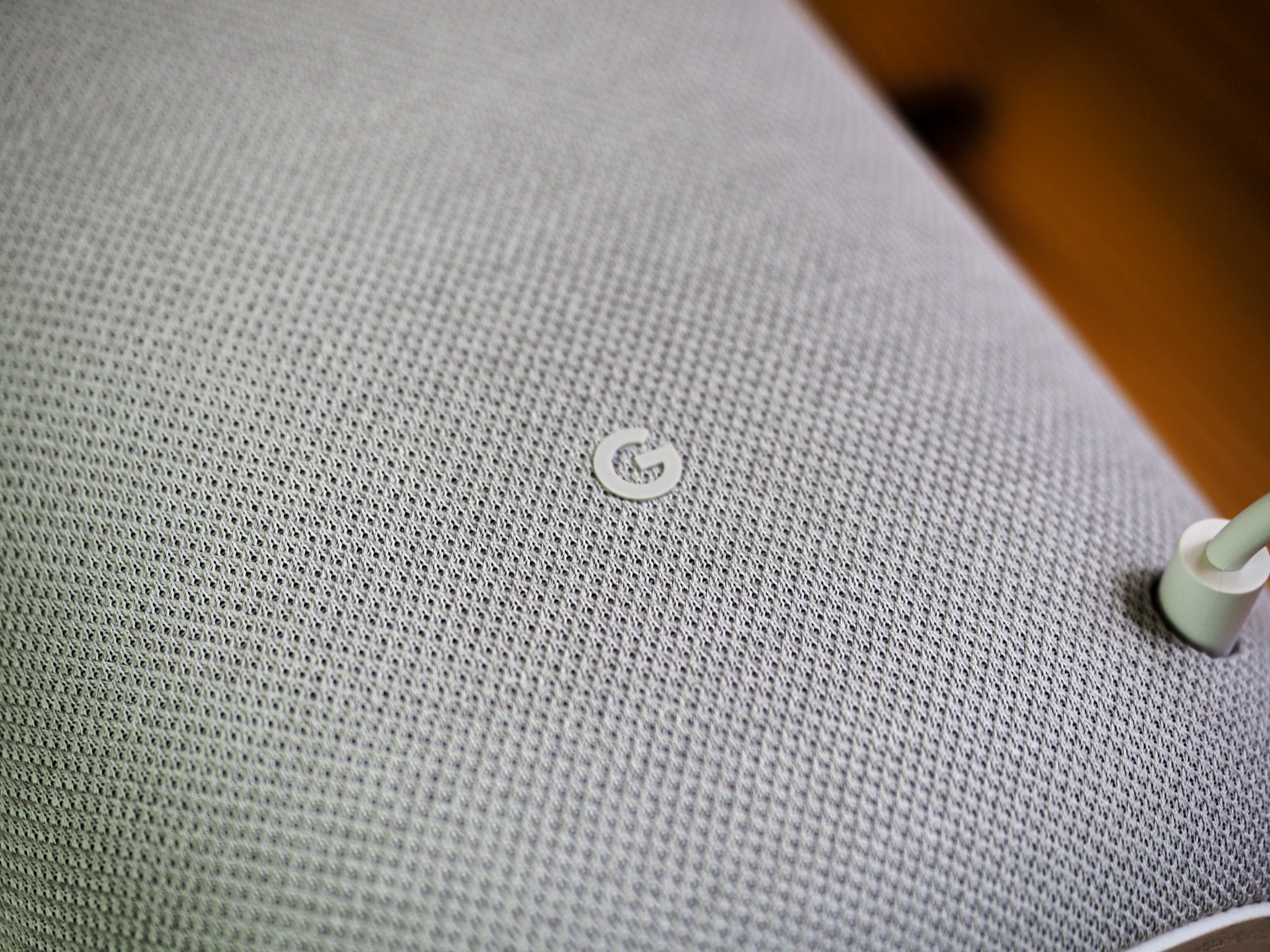
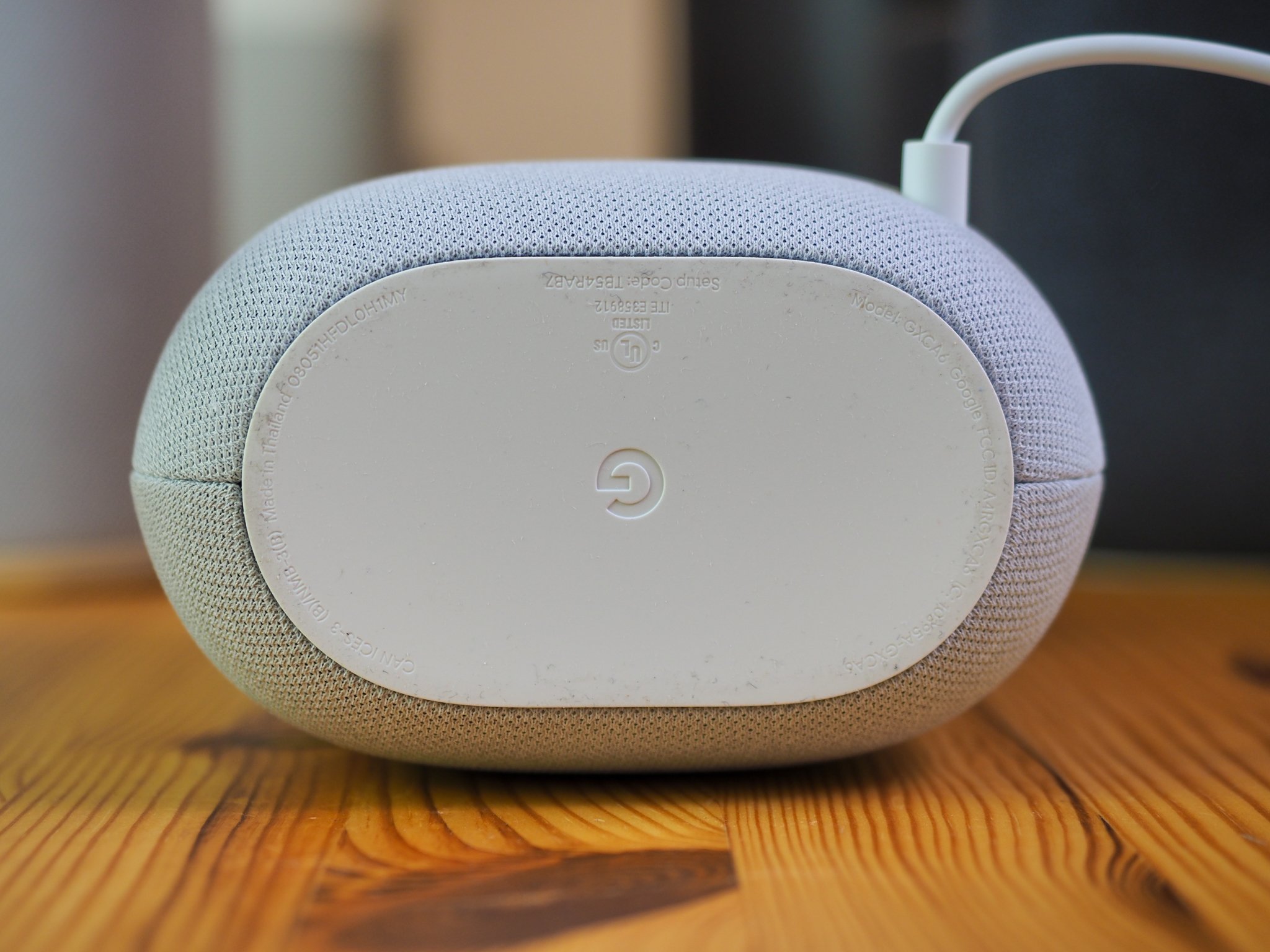
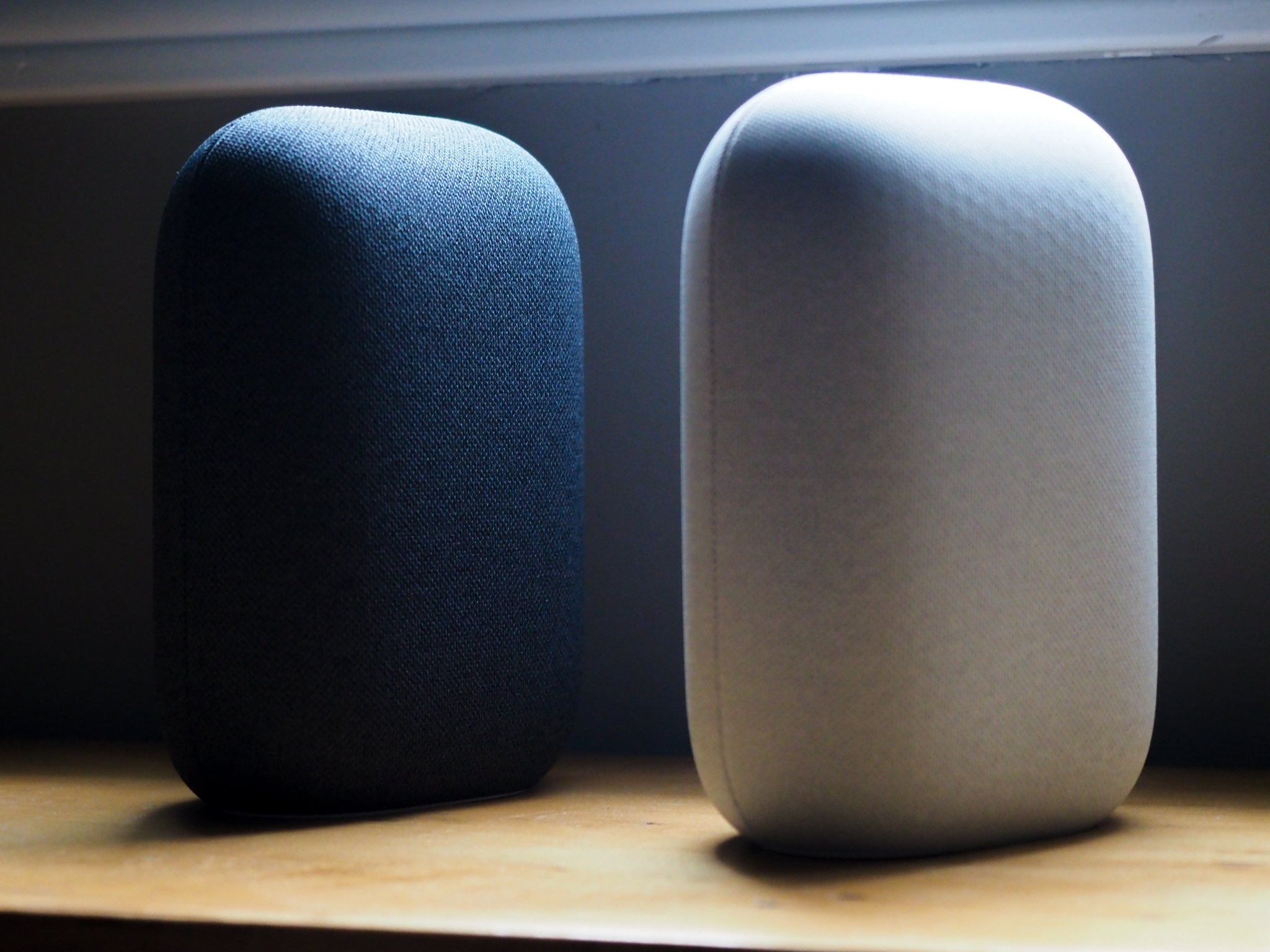
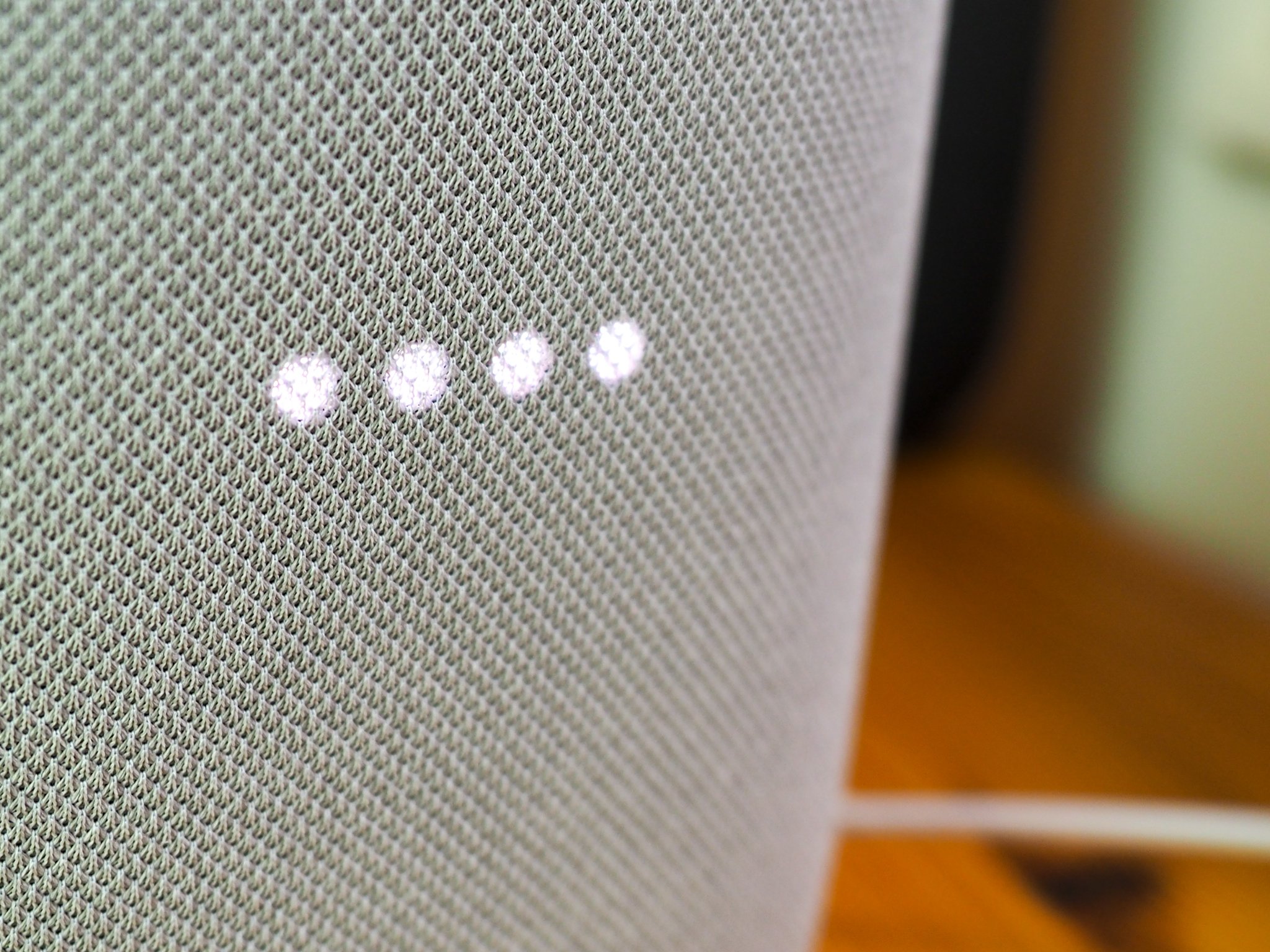
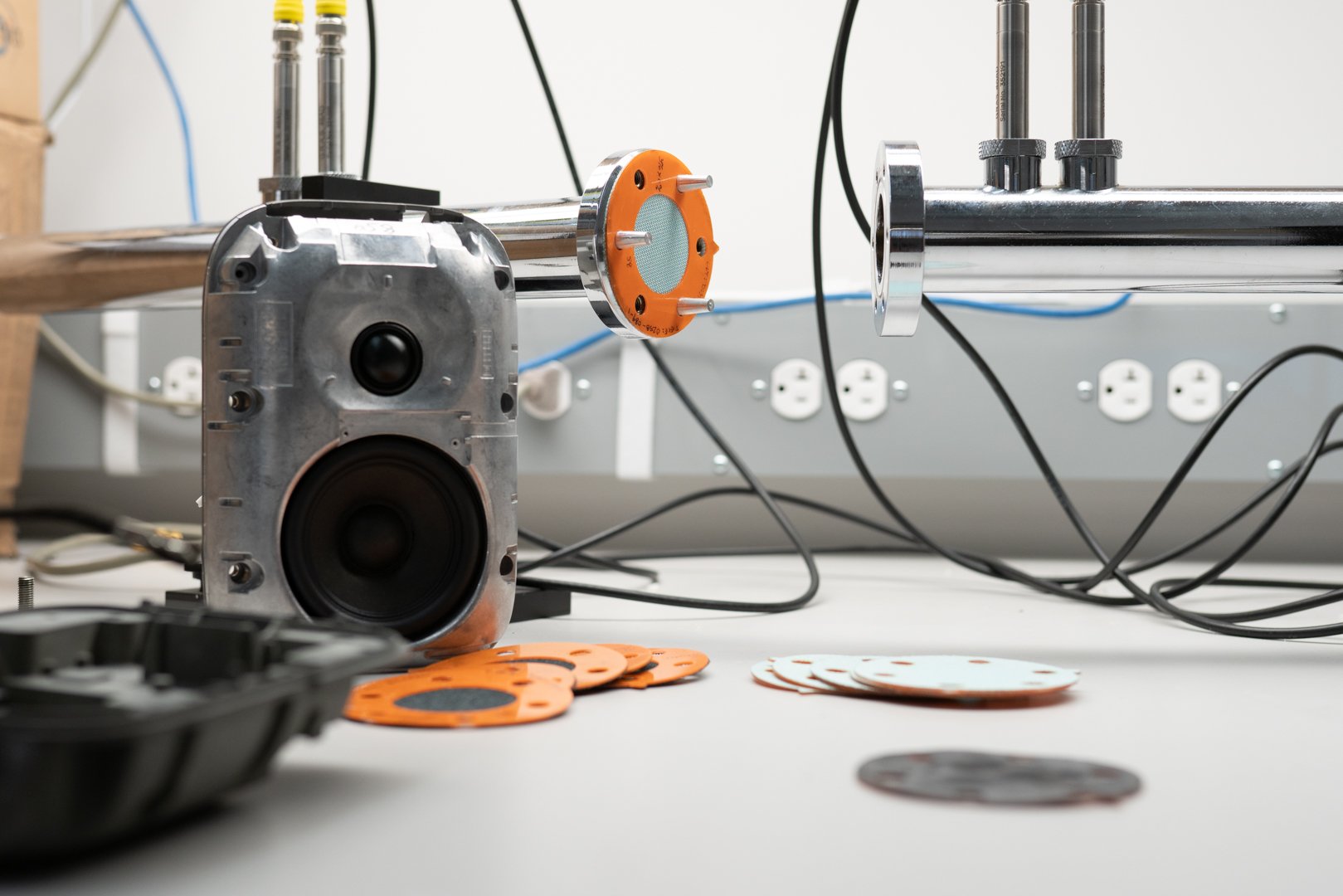
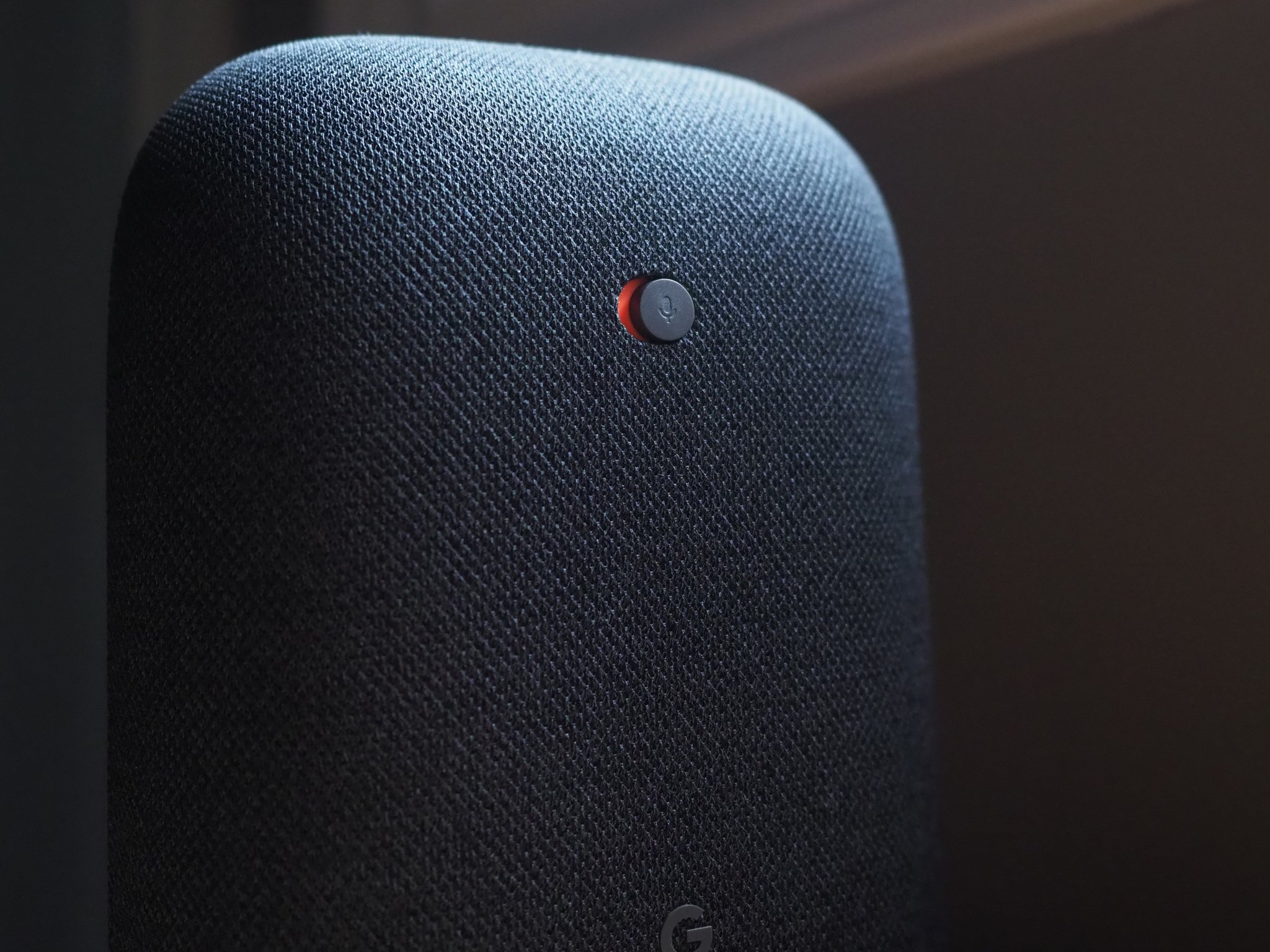
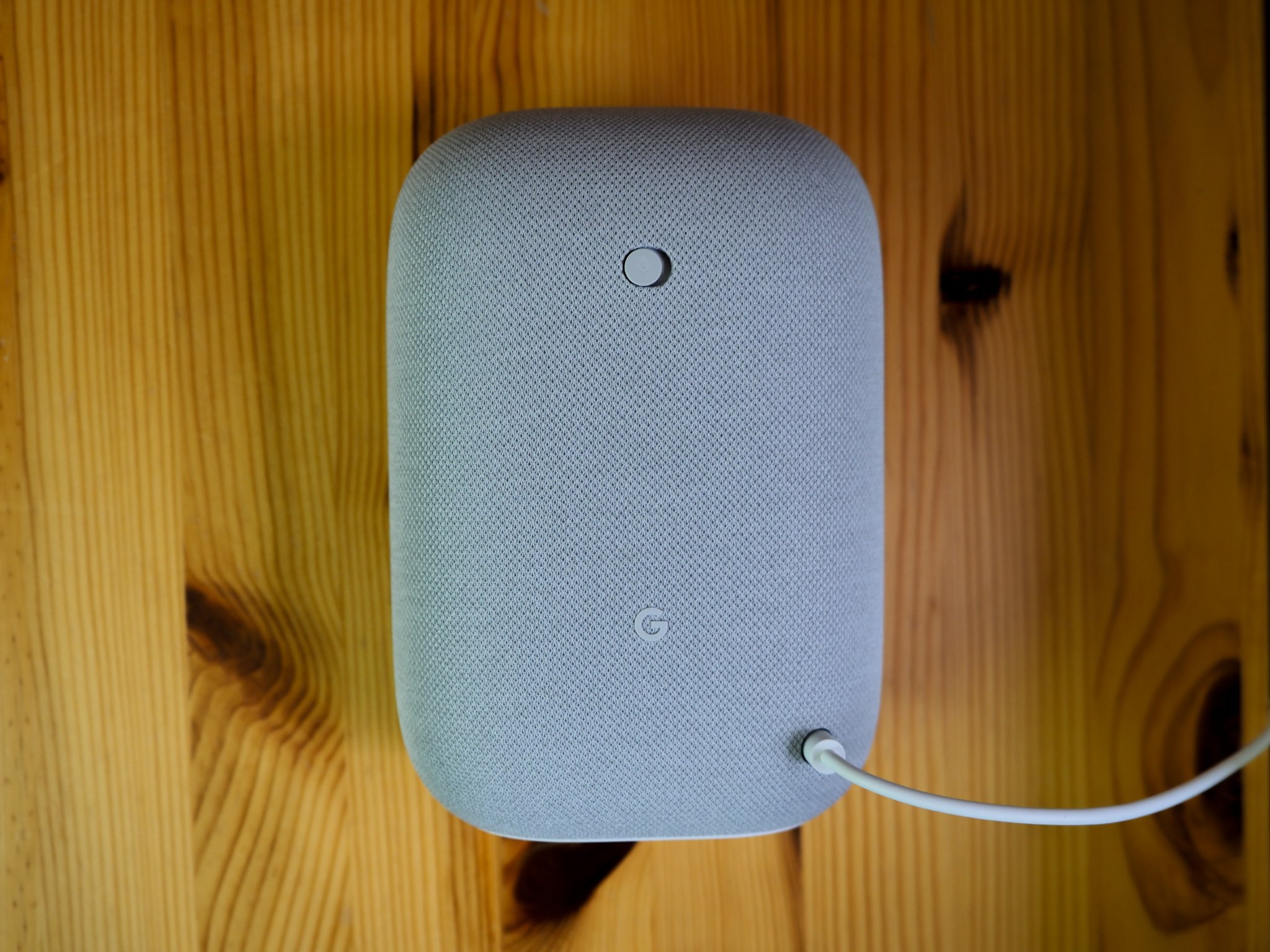
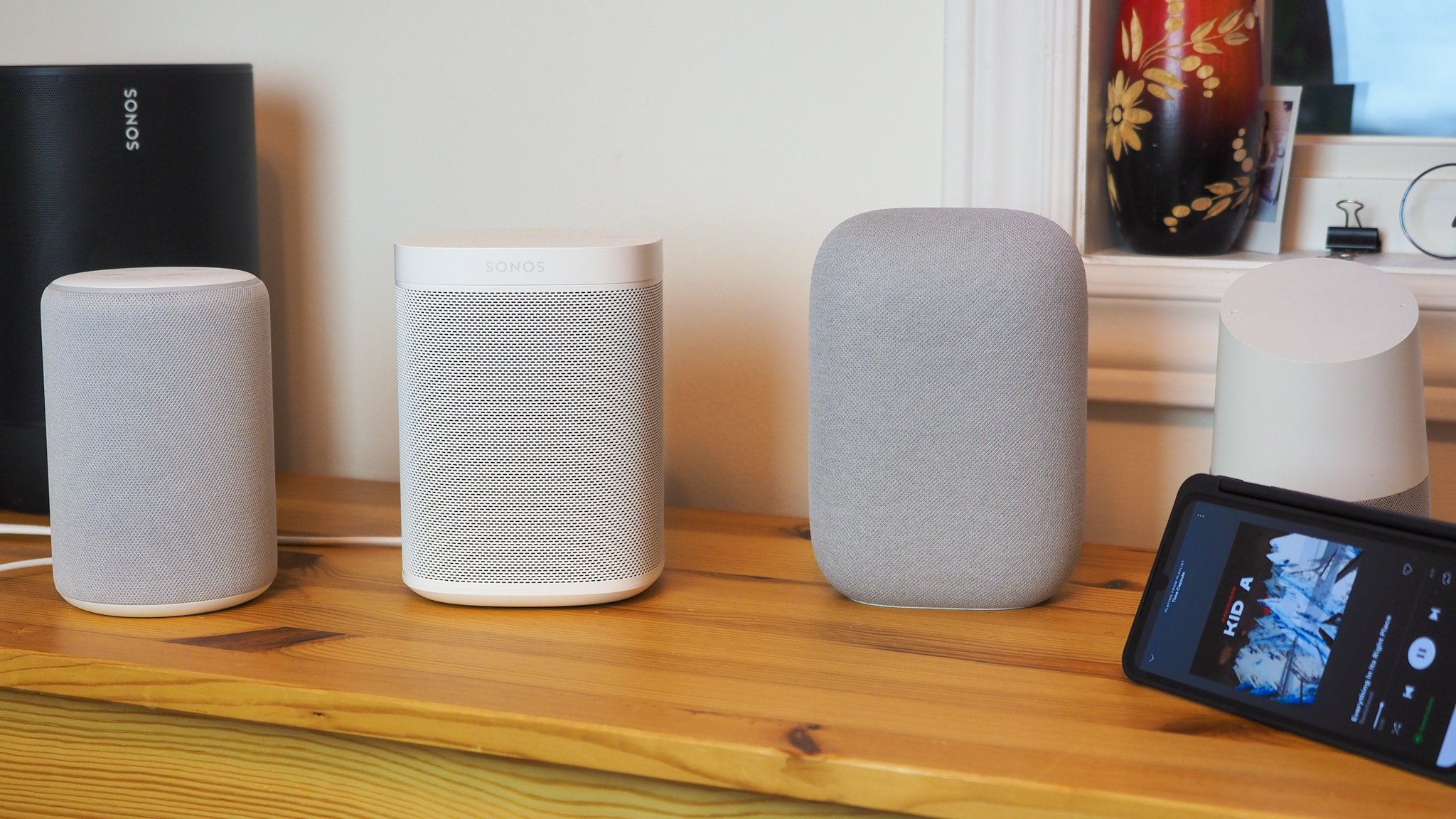
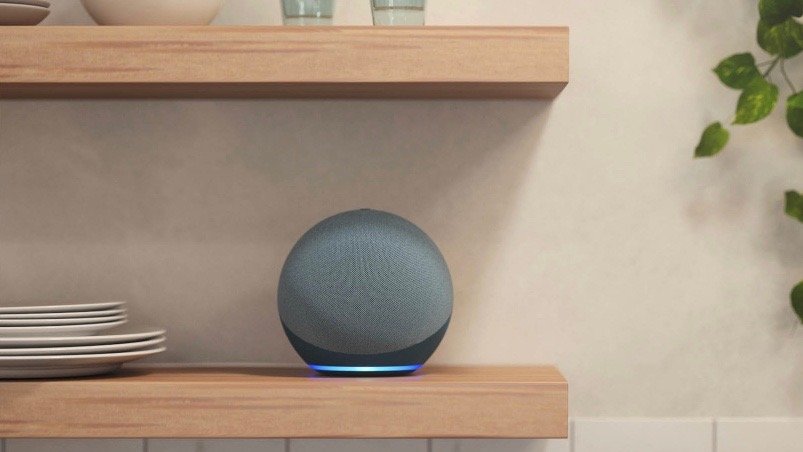
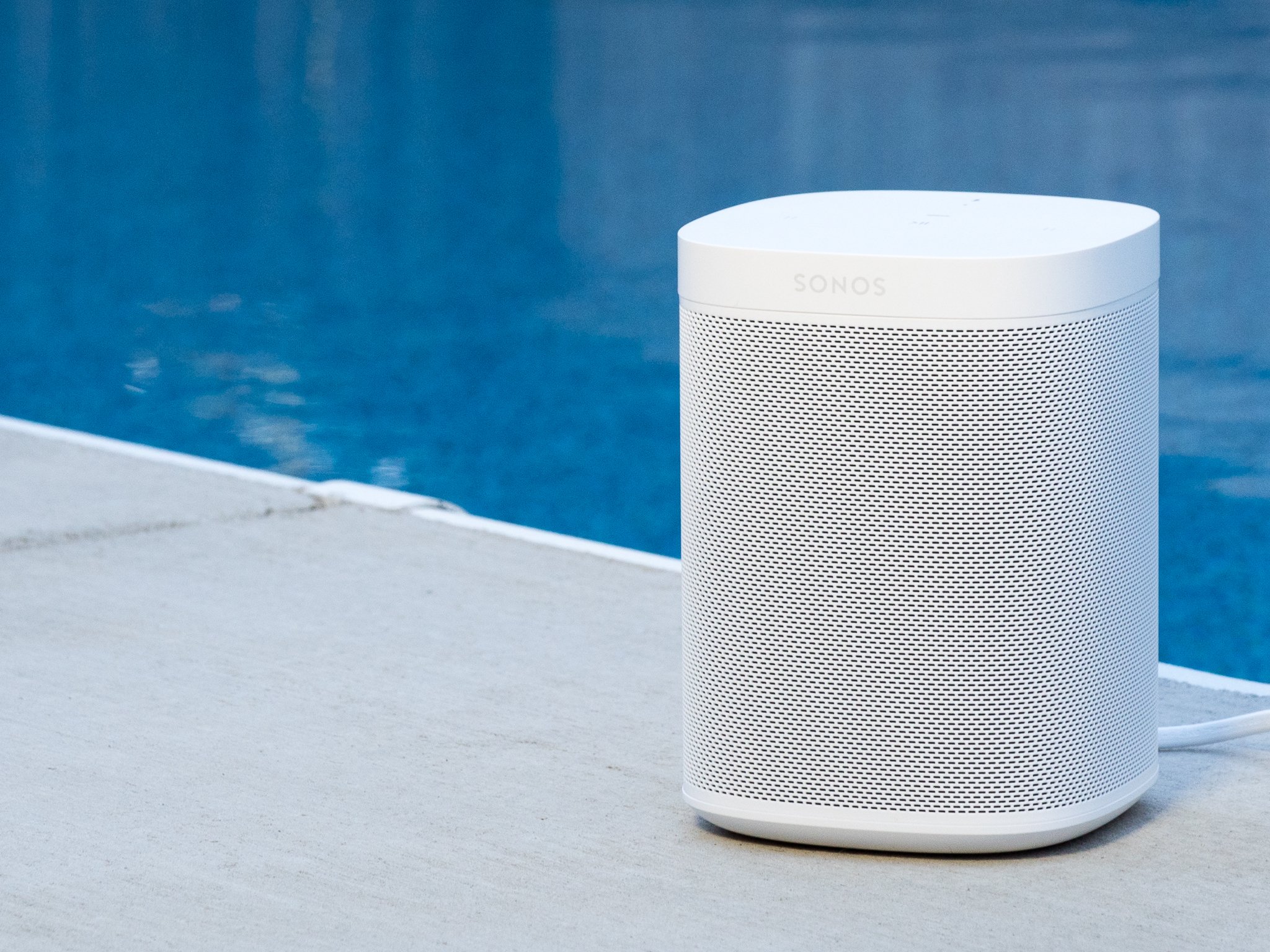
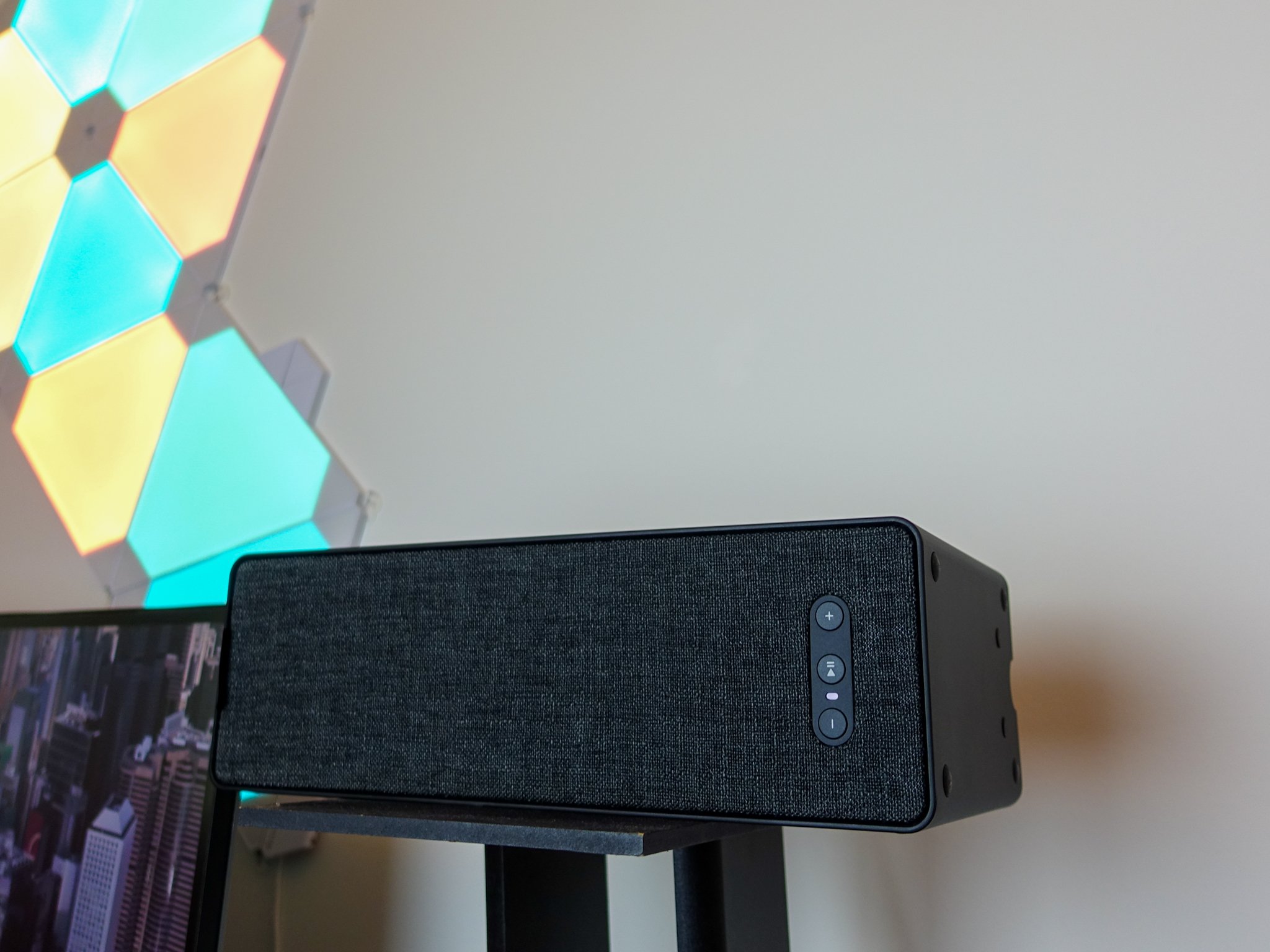
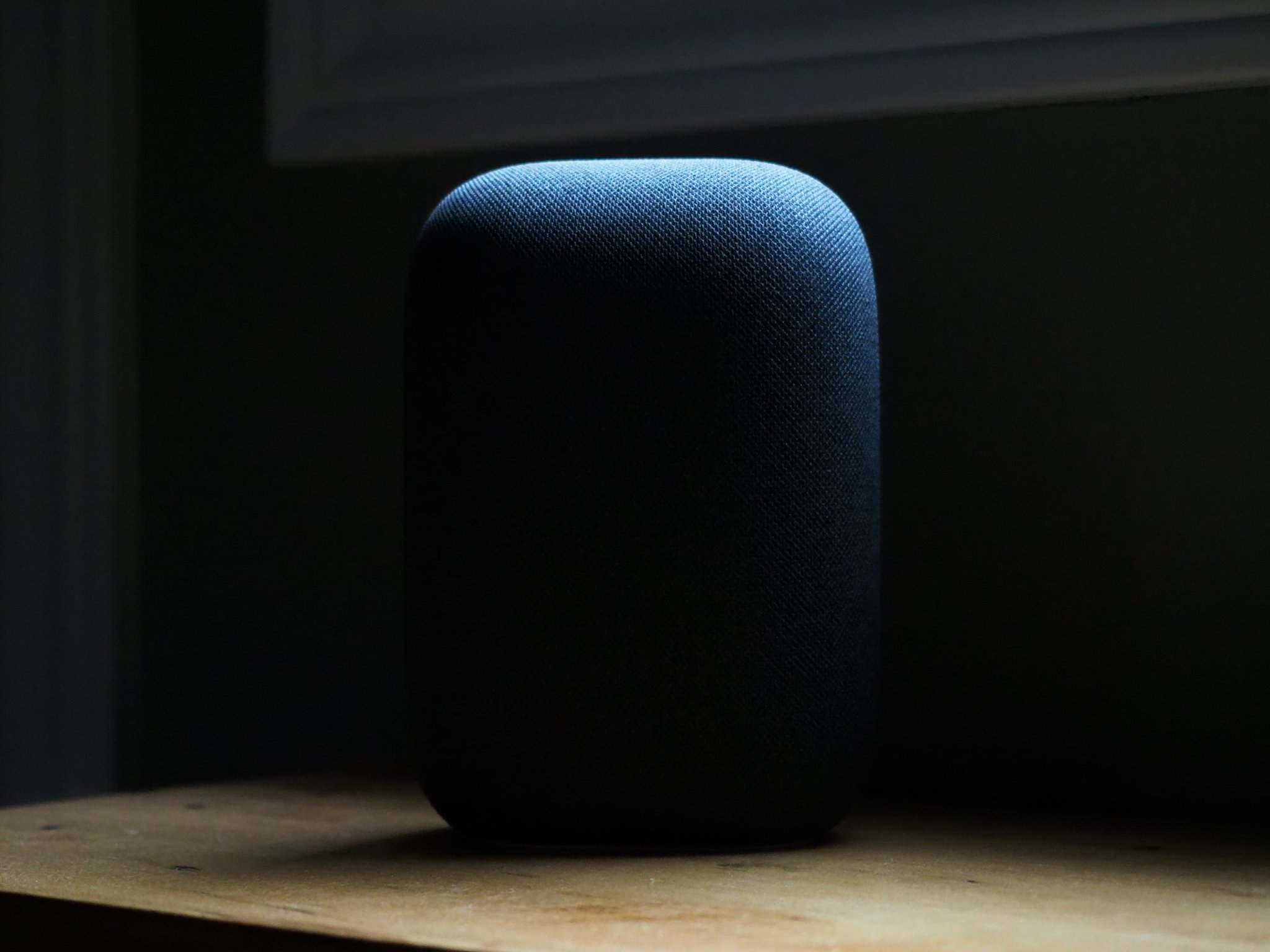
ليست هناك تعليقات: